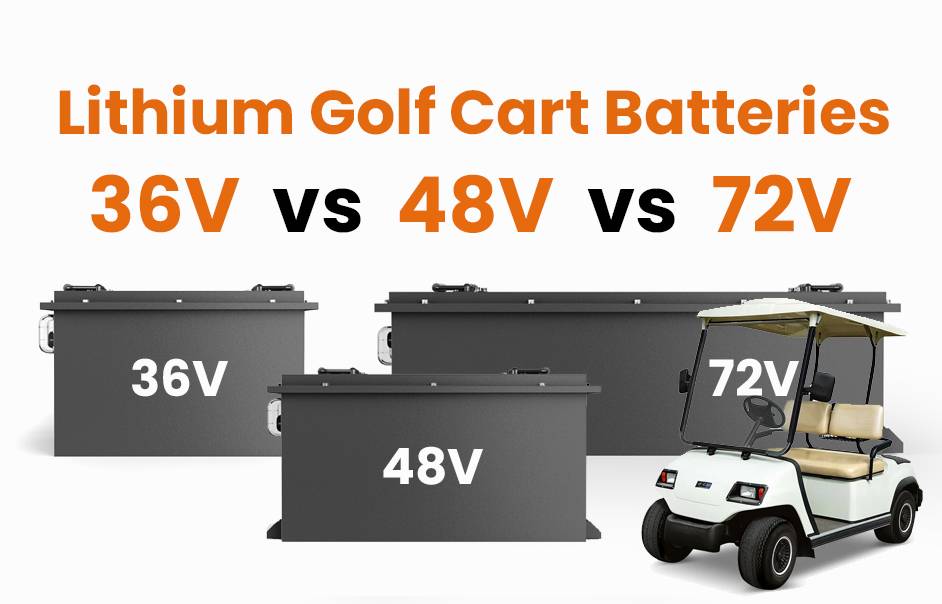
Blog
What Are the Latest Trends Shaping the Golf Cart Battery Industry?
The golf cart battery industry is evolving rapidly with lithium-ion adoption (45% market share growth since 2020), smart charging systems integration, and sustainability initiatives driving change. Major manufacturers like Trojan Battery Co. now offer 10-year lithium battery warranties, while recyclable lead-acid designs still dominate 62% of replacement markets. Emerging trends include solar hybridization and AI-powered charge optimization algorithms.
How Has Lithium-Ion Technology Revolutionized Golf Cart Performance?
Lithium-ion batteries reduce golf cart weight by 38% while doubling range capacity compared to traditional lead-acid systems. Their 5,000+ cycle lifespan enables 15-year operational use in commercial fleets. Trojan’s Trillium series demonstrates 98% charge retention after 2,000 cycles, though initial costs remain 3x higher than conventional options.
Recent advancements in cathode chemistry have enabled lithium iron phosphate (LiFePO4) batteries to achieve thermal stability up to 60°C, making them ideal for desert golf resorts. The table below compares key performance metrics:
| Parameter | Lithium-Ion | Lead-Acid |
|---|---|---|
| Energy Density (Wh/kg) | 150-200 | 30-50 |
| Charge Efficiency | 99% | 85% |
| Maintenance Requirements | None | Monthly |
Golf course operators report 27% faster round times due to increased acceleration from lithium-powered carts. The technology’s rapid charge acceptance (up to 3C rates) enables opportunity charging during player stops at refreshment stations.
What Environmental Regulations Are Impacting Battery Production?
New EPA mandates require 95% lead recovery rates in battery recycling by 2025. California’s SB-1422 prohibits non-recyclable battery sales for golf equipment starting 2026. Manufacturers must now disclose carbon footprints – current lithium-ion production generates 73kg CO2 per kWh versus 12kg for advanced lead-acid units.
These regulations are driving innovation in closed-loop manufacturing processes. Battery Council International reports 81% of lead-acid batteries now use recycled materials, compared to just 58% in lithium systems. The compliance timeline below shows key milestones:
| Year | Regulation | Impact |
|---|---|---|
| 2024 | EU Battery Passport | Digital tracking of materials |
| 2025 | EPA Lead Recovery | 95% recycling mandate |
| 2027 | California Cobalt Limits | Max 5% in new batteries |
Manufacturers are responding with plant upgrades averaging $14 million per facility. East Penn Manufacturing recently unveiled a zero-waste foundry that recovers 99.8% of lead through advanced smelting techniques.
“The battery market bifurcation between premium lithium and economy lead-acid solutions creates unique engineering challenges. Our R&D team is developing hybrid systems that combine lithium’s energy density with lead-acid’s cost efficiency – prototype testing shows 22% longer lifespan than either technology alone.”
Dr. Elena Marquez, VP of Technology Development at Crown Battery
FAQs: Key Questions Answered
- How often should golf cart batteries be replaced?
- Lead-acid batteries typically require replacement every 4-6 years (500-800 cycles), while lithium-ion models last 10-15 years (2,000-3,000 cycles). Actual lifespan depends on discharge depth – keeping discharges above 50% can triple cycle counts.
- Can solar panels effectively charge golf cart batteries?
- Modern 400W solar systems can fully charge 48V lithium packs in 6-8 hours of direct sunlight. Hybrid systems combining solar and grid power reduce energy costs by 58-72% annually, with payback periods under 3 years in sunny climates.
- Are lithium batteries safe for golf cart use?
- UL-certified lithium batteries incorporate multiple safety features including thermal runaway prevention and crash-resistant casing. Industry data shows 0.003% failure rates compared to 0.12% for lead-acid systems, primarily due to eliminated acid leaks and corrosion issues.




